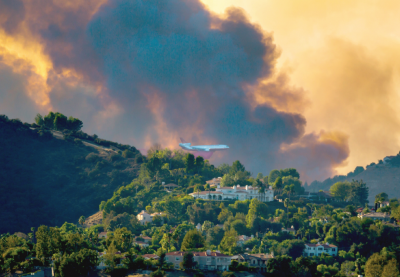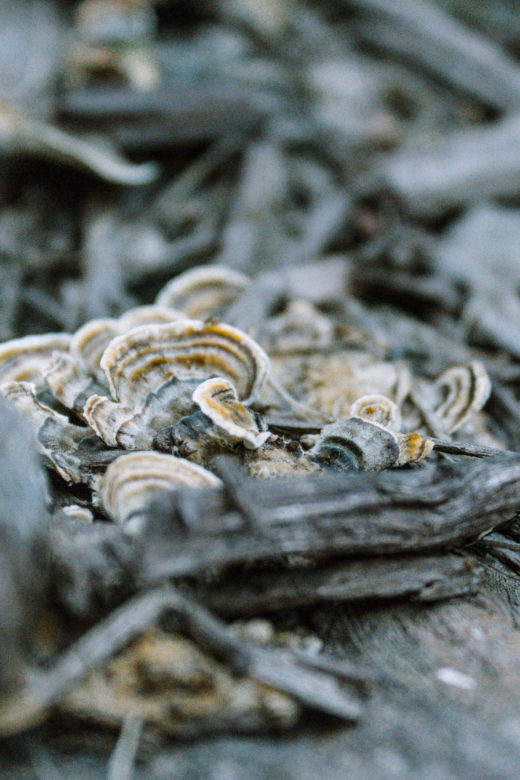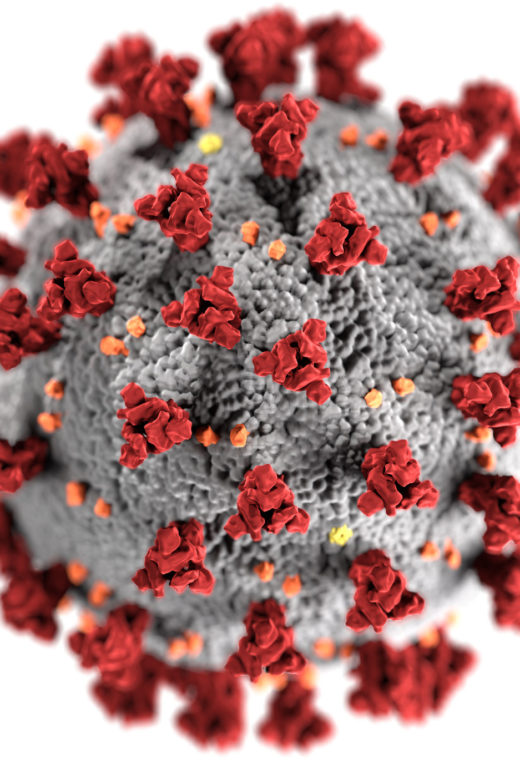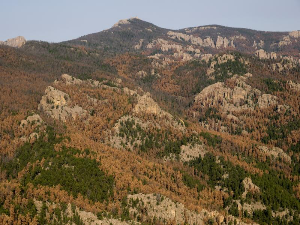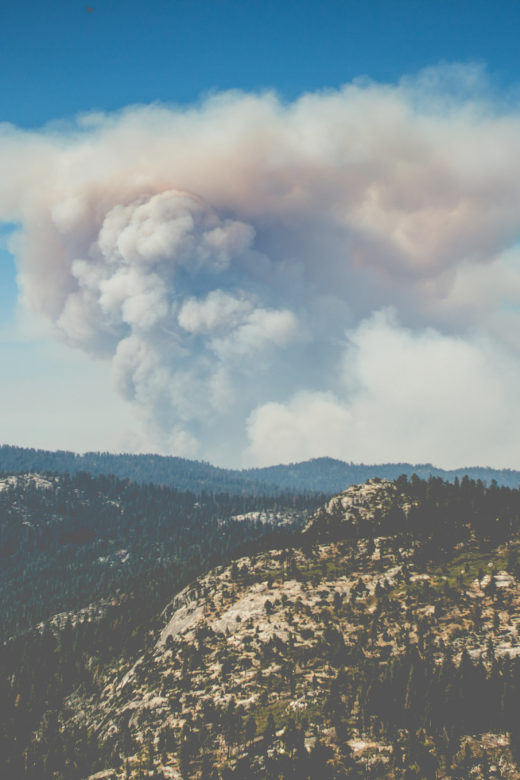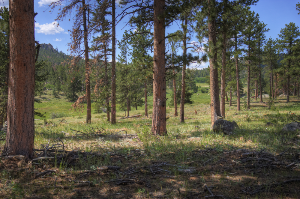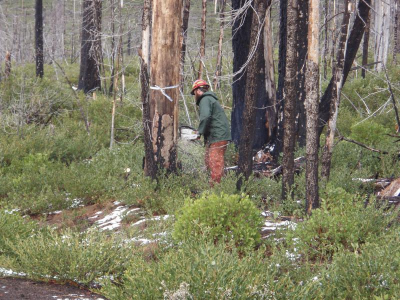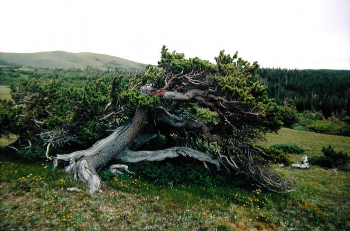From the Rocky Mountain Research Station:For the first time, U.S. Forest Service Rocky Mountain Research …
Soil Fungi Recover Slowly Following High-Severity Wildfires
From the Rocky Mountain Research Station:In recent decades, wildfires in ponderosa pine forests have increased in size and …
Continue Reading about Soil Fungi Recover Slowly Following High-Severity Wildfires
Wildland Fire Management under COVID-19
Read the full brief here. Summary: COVID-19 will have major implications for wildland fire management, because of severe social …
Continue Reading about Wildland Fire Management under COVID-19
Big Trees, Bark Beetles, Goshawks & Timber
From the Rocky Mountain Research Station:Throughout the Rocky Mountains over the last century, large ponderosa pine trees provided …
Continue Reading about Big Trees, Bark Beetles, Goshawks & Timber
Using “Good” Fires to Reduce “Bad” Fire Effects & Smoke Impacts
From the Rocky Mountain Research Station:Prescribed fires produce smoke that adversely impacts public health, although not to the …
Continue Reading about Using “Good” Fires to Reduce “Bad” Fire Effects & Smoke Impacts
Using FIA Data to Predict Forest Understory Vegetation Structure
From the Rocky Mountain Research Station:Understory vegetation is a significant component of terrestrial carbon stocks and play an …
Continue Reading about Using FIA Data to Predict Forest Understory Vegetation Structure
Snag Hazards to Firefighters
From the Rocky Mountain Research Station:Snags continue to pose an ever-present hazard to responders, and recent increases in fire …
Management of High-Elevation Five Needle White Pines
From the Rocky Mountain Research Station:The regeneration for resilience framework helps prioritize limited management resources …
Continue Reading about Management of High-Elevation Five Needle White Pines

